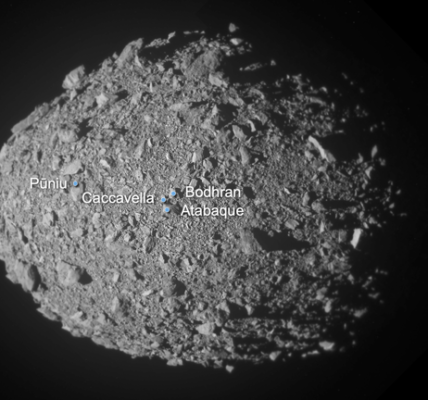Potentially Habitable Exoplanet Gliese 12b Discovered 40 Light-Years Away
Potentially Habitable Exoplanet Gliese 12b has been discovered, marking a significant breakthrough in the search for Earth-like planets. Located 40 light-years from Earth, this exoplanet is slightly smaller than our home planet and shares some characteristics with Venus. Its discovery has excited scientists around the world, as it brings us closer to finding planets that could potentially support life.

© Getty Images/EyeEm
A New Hope in the Search for Habitable Planets
The Potentially Habitable Exoplanet Gliese 12b has an estimated surface temperature of 42°C (107°F). This temperature is comparable to extreme heatwaves experienced in some parts of the Earth, such as Texas, making it a candidate for further study. Scientists believe that if Gliese 12b has an atmosphere, it could possibly be habitable.
Masayuki Kuzuhara, a project assistant professor at the Astrobiology Centre in Tokyo, co-led the research team that discovered Gliese 12b. He mentioned that this exoplanet is the closest transiting, temperate, Earth-sized world found so far. Although the presence of an atmosphere is still uncertain, Kuzuhara and his team consider Gliese 12b an “exo-Venus” due to its size and the energy it receives from its star, similar to Venus.
The Importance of Atmosphere
One of the key factors in determining the habitability of the Potentially Habitable Exoplanet Gliese 12b is the presence of an atmosphere. An atmosphere can regulate temperature, protect the planet from harmful radiation, and potentially support life. Scientists are currently focused on finding out whether Gliese 12b has an atmosphere and what its composition might be.
Professor Thomas Wilson from the University of Warwick expressed his optimism about this discovery. He believes that studying the Potentially Habitable Exoplanet Gliese 12b will provide valuable insights into the conditions required for a planet to support life. While the planet is too far away for us to visit with current technology, its discovery allows scientists to examine it closely and learn more about its characteristics.
Similarities to Earth and Venus
The Potentially Habitable Exoplanet Gliese 12b is slightly smaller than Earth and more comparable in size to Venus. Its surface temperature of 42°C is within a range that some parts of Earth have experienced, suggesting that it could potentially be habitable under the right conditions. However, more research is needed to determine its true habitability.
The energy Gliese 12b receives from its star is similar to what Venus receives from the Sun. This has led scientists to consider it an “exo-Venus.” By studying Gliese 12b, researchers hope to learn more about planets that receive similar energy levels and how this affects their potential to support life.
The Significance of the Discovery
The discovery of the Potentially Habitable Exoplanet Gliese 12b is a significant milestone in the search for planets that could support life. It highlights the importance of ongoing research and the advancements in technology that make such discoveries possible. Finding planets like Gliese 12b brings us closer to understanding the conditions necessary for life and whether we are alone in the universe.
Masayuki Kuzuhara and his team, along with scientists like Professor Thomas Wilson, are excited about the potential that Gliese 12b holds for future research. The discovery of this exoplanet provides a rare opportunity to study a temperate, Earth-sized planet in greater detail, enhancing our understanding of planetary habitability.
The Journey Ahead
The journey to determine the habitability of the Potentially Habitable Exoplanet Gliese 12b is just beginning. Scientists will continue to study this exoplanet, focusing on its atmosphere and environmental conditions. Advanced telescopes and other technologies will play a crucial role in this research, allowing scientists to gather more data and gain deeper insights into Gliese 12b’s potential to support life.
As our technology improves and our understanding of exoplanets grows, we can expect more discoveries like the Potentially Habitable Exoplanet Gliese 12b. Each discovery brings us one step closer to finding an Earth-like planet that could one day support human life or other forms of life.
Conclusion
The Potentially Habitable Exoplanet Gliese 12b is an exciting discovery that has captured the attention of scientists and space enthusiasts alike. Its similarities to Earth and Venus, coupled with its temperate conditions, make it a prime candidate for further study. While we still have much to learn about Gliese 12b, its discovery marks a significant step forward in our quest to find habitable planets beyond our solar system.
This exoplanet’s potential habitability, size, and energy levels make it a unique and valuable object of study. As scientists continue to explore Gliese 12b and other similar planets, we may one day answer the age-old question of whether we are alone in the universe. For now, the Potentially Habitable Exoplanet Gliese 12b offers a glimpse into the possibilities that lie beyond our planet and inspires hope for future discoveries.
ALSO READ:
“Exoplanet Habitable Conditions: 5 Exciting Signs of Potential Life!”



